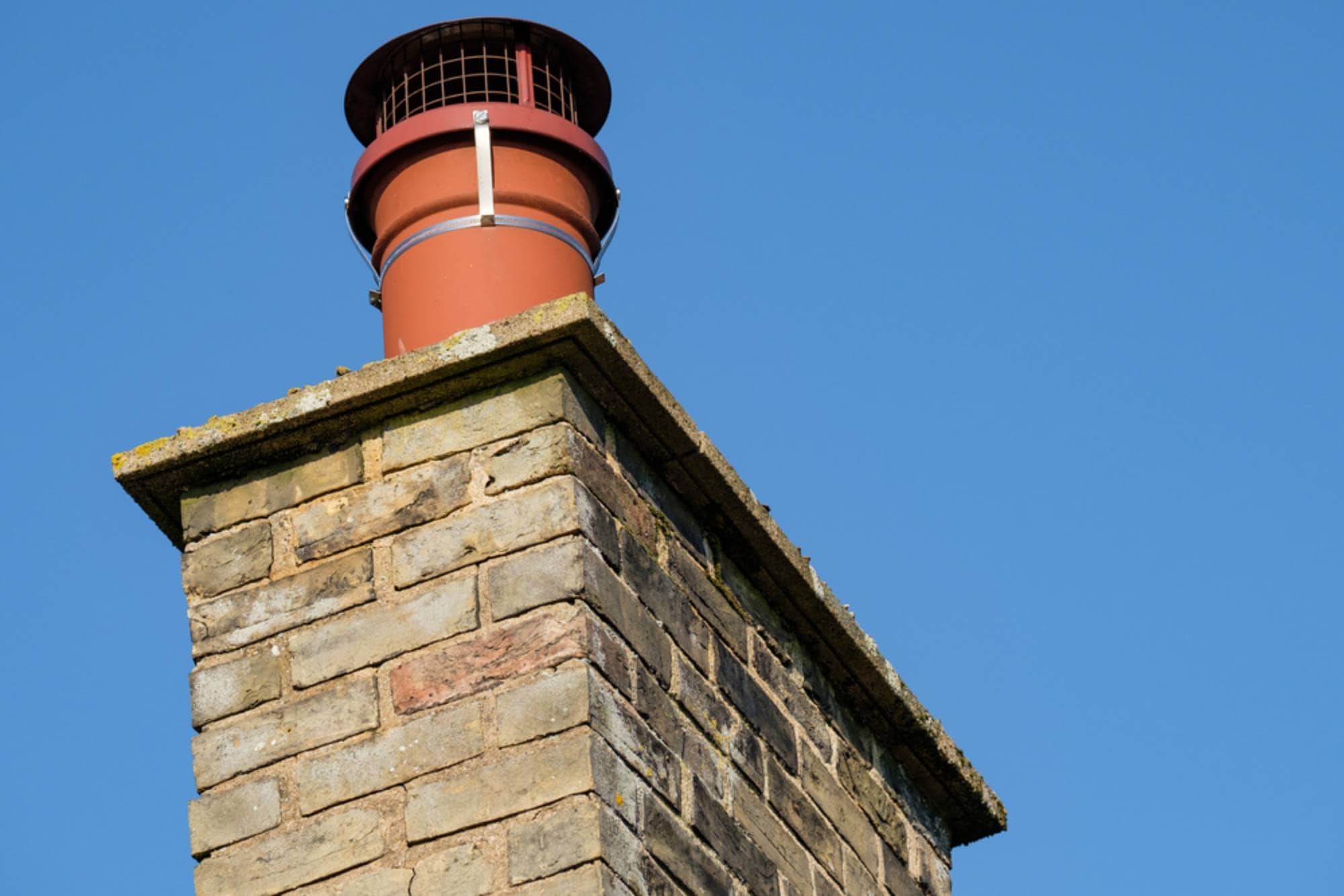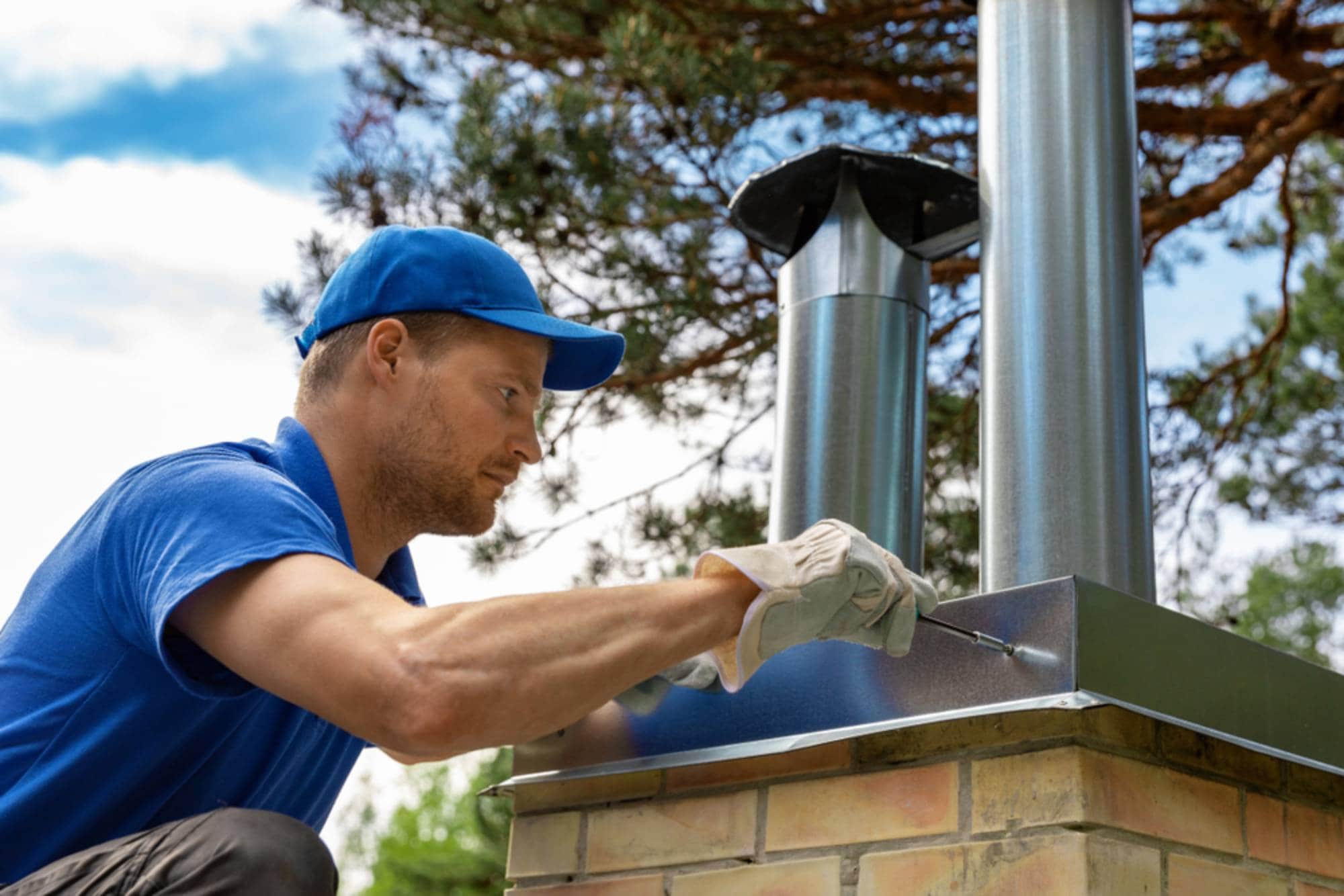Yes. Unused chimneys still face weather exposure, animal intrusion, and debris accumulation. Water still enters and causes structural damage. Animals still nest inside, creating blockages and safety hazards. Uncapped chimneys also allow cold air to flow into your home, reducing energy efficiency and creating drafts. Birds, squirrels, and bats commonly nest in unused chimneys, creating fire hazards and unpleasant odors. Capping an unused chimney is actually simpler and less expensive than protecting an active system because ventilation requirements are less critical. It’s straightforward protection for your investment.




